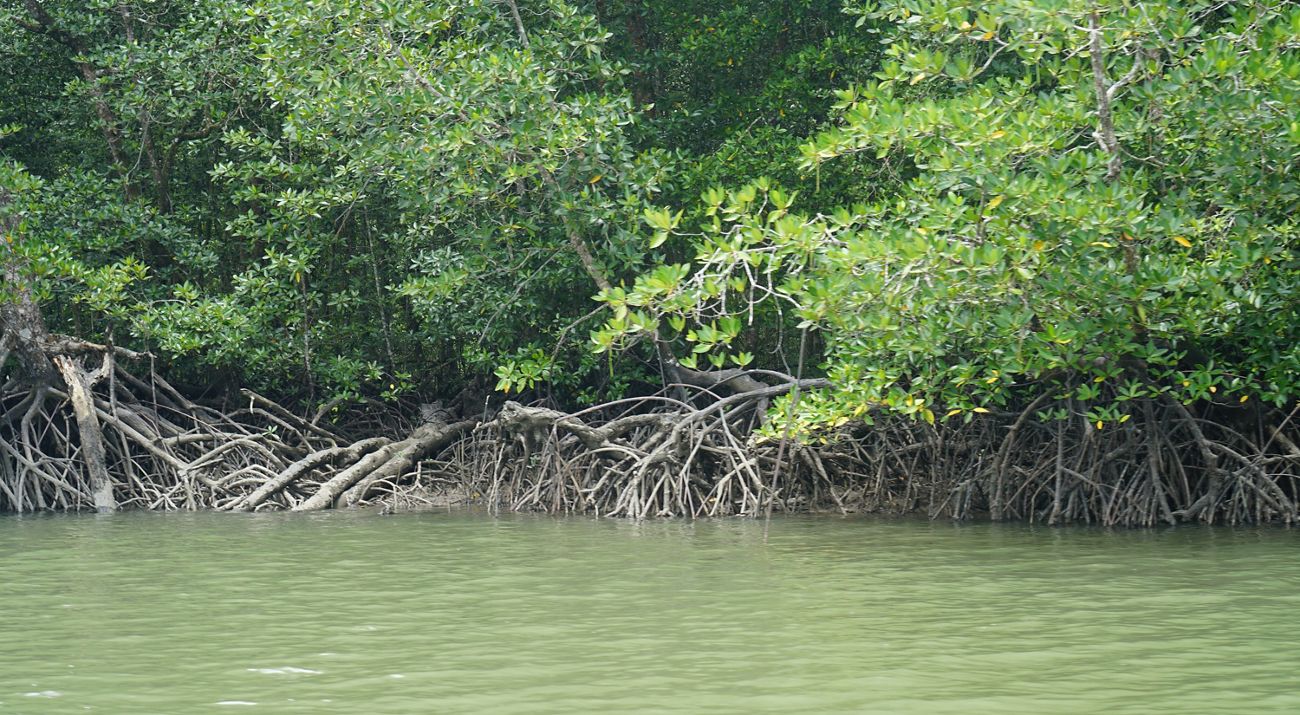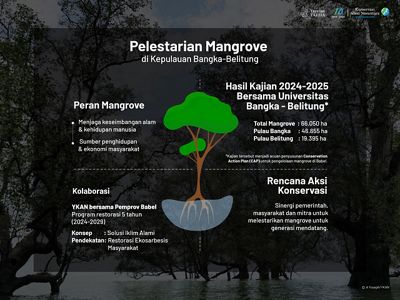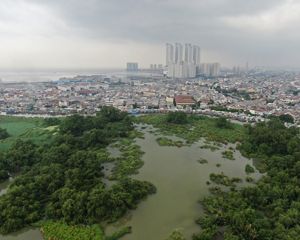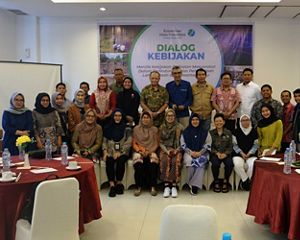
Mangrove ecosystems have gained increasing attention for their vital role in maintaining ecological balance and supporting human life for centuries. Public awareness of the importance of mangrove protection and restoration continues to grow. With the support of Yayasan Tahija, YKAN, and the Provincial Government of Bangka Belitung (Babel), a program for mangrove conservation and restoration was launched. This initiative employs the Natural Climate Solutions approach and actively involves the community at every stage.
Read: Community’s Role in Preserving Turtles in Sabu Raijua
To guide targeted restoration, YKAN and the University of Bangka Belitung conducted a comprehensive study spanning from 2024 to 2025. This study delved into the ecological conditions, explored the potential of the blue economy, and assessed the community’s vulnerability to climate change. The findings revealed that Babel’s mangrove ecosystems encompass approximately 66,050 hectares, with 46,655 hectares located in Bangka and 19,395 hectares in Belitung. However, these forests have been significantly impacted by anthropogenic pressures, including tourism, port operations, mining, and land conversion for various purposes such as industry, plantations, warehouses, and settlements. Between 1990 and 2019, Babel experienced a loss of 10,265 hectares of mangroves, despite the emergence of 7,474 hectares of new mangroves.


The study serves as a key reference for developing a Conservation Action Plan (CAP) for Babel’s mangrove ecosystems.
In August 2025, YKAN supported the provincial government and stakeholders in holding the Mangrove Management Action Plan Workshop in Pangkalpinang and Tanjungpandan. Local government, communities, and partners have demonstrated a profound commitment to conserving Babel’s mangroves. The resulting action plan is anticipated to serve as a guiding framework for collaborative efforts aimed at safeguarding and preserving these crucial ecosystems for future generations.




